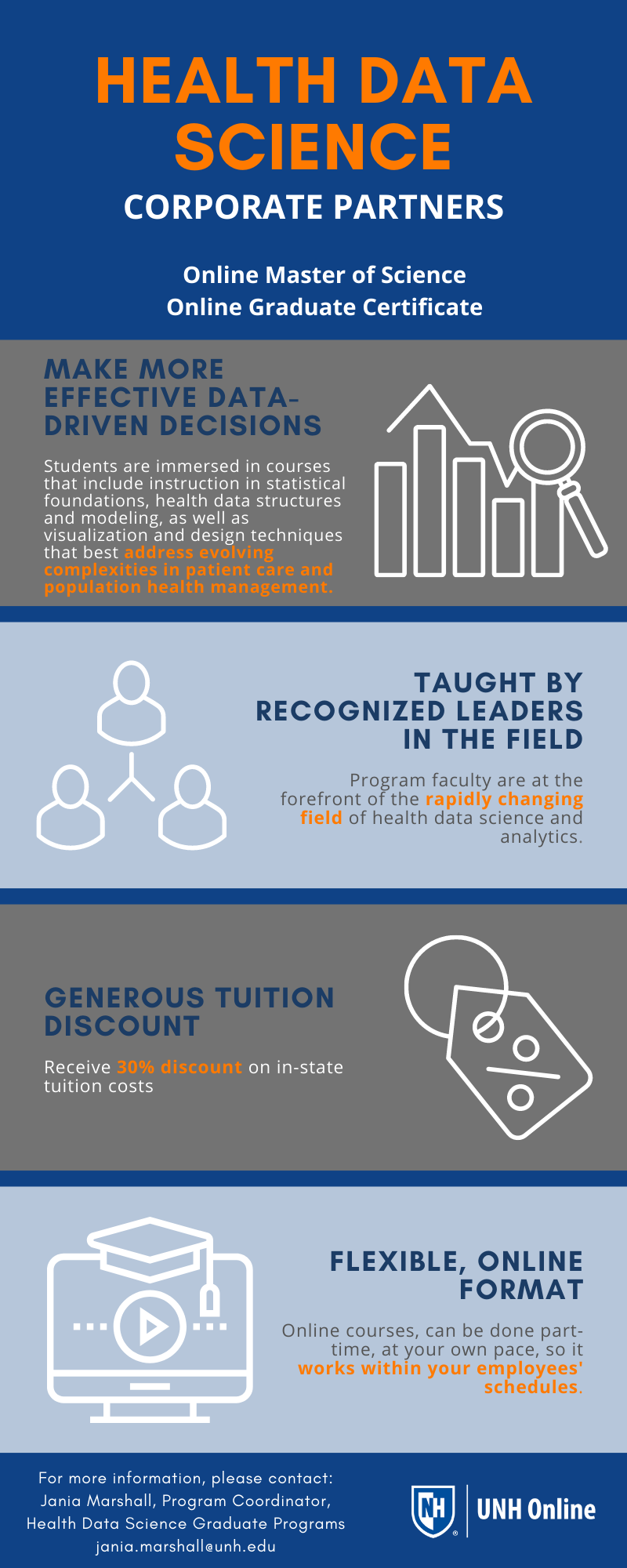
Pharmaceutical drug Tablet Capsule Dietary supplement, Colored pills, color Splash, service png 1024x587px 365.33KB. multicolored logo, Information Technology Organization Learning, Creative PPT element, rectangle, symmetry png 824x824px 36.28KB. Health Care Public health Medicine Hospital, health, logo, medical Care png 822x791px 60.63KB. Healthcare industry Health Care Medicine Health system Patient, doctors and nurses, service, hand png 1686x1125px 1.94MB. medical buttons, Big data Health Care Healthcare industry Electronic health record Analytics, Medical Technology Background, blue, electronics png 580x502px 295.17KB. Health Care Medicine Healthcare industry Health system, Medical background, person holding medical text honeycomb, blue, service png 698x400px 282.48KB. black tablet computer with graph illustration, Predictive analytics Data analysis Business intelligence, Smartphone and infographics, infographic, electronics png 1100x981px 538.87KB. Data visualization Infographic Technology, technology, purple, electronics png 700x700px 227.37KB. 101 ☏ adult oral temperature prescribes the action of taking fever medicine and further assessment.Non-commercial use, DMCA Contact Us Relevant png images 
Intelligence provides prescriptive function and tells you what needs to be done. An adult with a 101☏ temperature should take fever medication, have further assessment and diagnosis performed and may need to see a doctor if it is not a simple cold. An adult oral temperature of 101 ☏ predicts that the body status is irregular. Knowledge provides a predictive function and tells you what might happen.

Immediately, we know that this indicates an abnormal body status (fever) and this relation is validated in medical practice and research. Let’s say that we also know that 101 ☏ is an adult oral temperature. Knowledge is organized information that is justified or validated.Information provides a descriptive function and tells you what happened, at what juncture and for whom. For example, once we know that the metric for 101 is degrees in Fahrenheit, we immediate correlate the number to temperature. Information is interpreted data or data with meaning.Without context, most data types are meaningless. For example, “101” could mean several things the decimal number one hundred and one, the binary number five, the values of three pixels or even a label for a highway. Data is unintepreted, unprocessed, meaningless raw symbols, signals or pixels.Let’s take a closer look at how this framework works: For biomedical informatics, the application domains are biomedical discovery, healthcare delivery, and disease prevention. In general data science or informatics, these processes, entities, and functions can be applied to any domains. Once researchers have entities for evaluation, the next step is to perform descriptive, predictive, and prescriptive tasks or functions. These processes transform data to information to knowledge to intelligence these are entities. Within biomedical informatics, there is an emphasis on certain key processes acquisition, storage, communication, processing, integration, analysis, mining, retrieval, interpretation, and presentation. Health information technology policy and legal issues.Cognitive science, including cognitive psychology, linguistics, brain science, and artificial intelligence.
 Computer science and engineering: database, algorithm, programming, artificial intelligence, machine learning (including deep learning), neural network, cognitive computing, distributed computing, cloud computing, natural language processing and text processing, security, visualization, mobile devices, sensors, internet of things, social networks, etc. Clinical science and practice: medicine, nursing, dentistry, pharmacy, population health. The field of biomedical informatics is in general an interdisciplinary field that involves: Medical AI is undergoing a renaissance recently, finally able to solve some of the hardest real-world problems thanks to the recent breakthroughs in machine learning, big data, and computing capacity. Medical Artificial Intelligence (AI) was in fact the most important topic of biomedical informatics in the early days several decades ago. Health data science is a recent name that grew out of the emergence of big health data, although biomedical informatics has been around for several decades. Biomedical informatics includes an amalgam of data science with both biomedicine and health components added in it also includes the social, behavioral, management, policy, and other aspects in health data and technology.
Computer science and engineering: database, algorithm, programming, artificial intelligence, machine learning (including deep learning), neural network, cognitive computing, distributed computing, cloud computing, natural language processing and text processing, security, visualization, mobile devices, sensors, internet of things, social networks, etc. Clinical science and practice: medicine, nursing, dentistry, pharmacy, population health. The field of biomedical informatics is in general an interdisciplinary field that involves: Medical AI is undergoing a renaissance recently, finally able to solve some of the hardest real-world problems thanks to the recent breakthroughs in machine learning, big data, and computing capacity. Medical Artificial Intelligence (AI) was in fact the most important topic of biomedical informatics in the early days several decades ago. Health data science is a recent name that grew out of the emergence of big health data, although biomedical informatics has been around for several decades. Biomedical informatics includes an amalgam of data science with both biomedicine and health components added in it also includes the social, behavioral, management, policy, and other aspects in health data and technology.







 0 kommentar(er)
0 kommentar(er)
